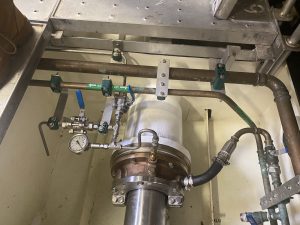August 1, 2021
Configuration audits in the performance vessel space, address two major concerns:
• The ability of the developed design to meet the specified performance requirements, addressed in a Functional Configuration Audit (FCA) .
• The accuracy of the documentation in reflecting the production design, addressed in a Physical Configuration Audit (PCA).
The Functional Configuration Audit is generally completed as part of the acquisition process before completion of a vessel and hand over. Occasionally a PCA may be requested but generally it is a cursory exercise as the clients are keen to get the vessel and the builder is more than keen to meet their reimbursement milestones.
In cases where there is no plan to control or manage the detail design, it is still essential that the contractor conduct an internal PCA to define the starting point for controlling the modifications and to establish the product baseline going forward.

The PCA addresses the accuracy of the documentation reflecting the ‘as built’ design. It is also used to validate many of the supporting configuration and data processes the contractor uses in the production of the Configuration Item (CI).
A PCA is like a configuration stocktake and can be undertaken at any time to establish the as-is specification of the vessel. It is often used as a tool in sustainment to highlight configuration inadequacies previously approved by the client. The PCA is mainly used to verify the elements of the configuration implemented on board, post-acquisition, remain outside of the sustainment contract control and what needs to be captured to enable relevant baselined support services.
In many cases changes to the configuration baseline can be made by design, accidentally or just because it suited the owner’s purpose. However, in a sustainment control context, where the contractor is presumed in control of the baseline, and there are changes to the vessel, this can be problematic especially when there is no clear line of de-lineation between acquisition and sustainment.


